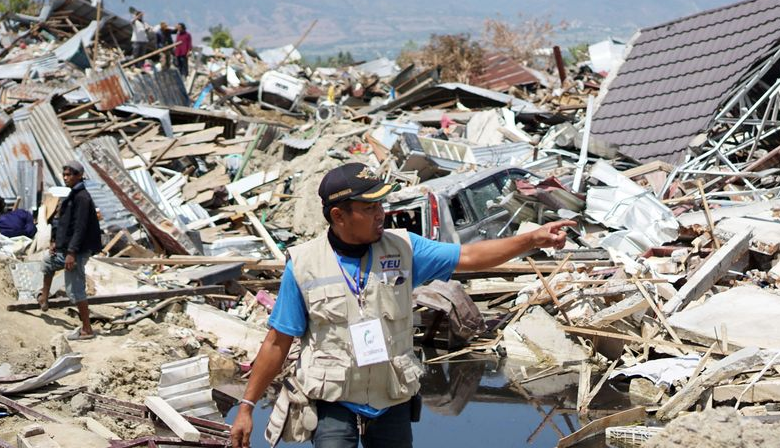
JP Morgan have estimated that total natural catastrophe insured losses in Q1 2023 so far are in the region of $6-8 bn.
Looking at the last 10 years, the average industry loss for Q1 is around $13.5bn which, adjusting for inflation, is probably close to $15bn for 2023.
Material changes in retentions by the primary insurers should mean that a higher proportion of losses end up with the primary insurers rather than the reinsurers.
The sizable difference between insured and economic losses—the protection gap—represents the cost of catastrophes to society, much of which is ultimately borne by governments. Increasing insurance penetration can ease much of the burden.
There are solutions available that can enhance global resilience efforts including, emergency management, hazard mitigation, public disaster financing, risk pooling, and other government-led risk- and loss-mitigation initiatives.
CoreLogic estimated that the earthquakes in Turkey will cause insurable damage of $5 bn.
Catastrophe risk modeller Moody’s RMS anticipates that economic losses from the two earthquakes will surpass $25 bn, with insurance and reinsurance industry losses expected to exceed $5 bn.
Karen Clark & Company have estimated that total property insurance and reinsurance industry losses from the earthquakes will total $2.4 bn, with economic losses pegged at close to $20 bn.
The Australian Reinsurance Pool Corporation’s cyclone cover was triggered by Tropical Cyclone Gabrielle, which recently struck New Zealand in what the country’s prime minister described as “the biggest weather event to hit the country in the past century.”
Re/insurers with policies in this part of the world suggested that the floods could trigger their reinsurance cover, with Suncorp and Tower Limited both recently releasing statements to that effect.
Many firms have noted that the Turkey quake will be towards the upper ends of their estimates, while the recent winter storm in California will also drive further losses.
There has since been severe weather in southern US states, while Vanuatu has been hit by two cyclones and an earthquake in the last two days as well. Spelt out, there is no guarantee losses stay below average for Q1.
In Turkey, an economic cost of close to $25 bn for property losses, of which $2.4 bn is expected to be covered by insurance, points to a protection gap of around $17.6 bn, or 88%.
The estimated insurance claims bill from the sequence of earthquakes that hit Turkey and Syria earlier in February appears to be growing as more is learned about the extent of the damage it caused.
The quakes have killed 42,510 people in Turkey, according to the latest update from the country’s Disaster and Emergency Management Presidency, and RMS said over 335,000 buildings had been reported damaged.
A previous estimate from Verisk put insured losses from the earthquake at over $1 billion.
CoreLogic has predicted an insured loss of up to $4 billion with a best estimate of about $2 billion, based on its expectation of an “insurable loss” — damage to building stock that could be insured — of $4 billion to $7 billion. Karen Clark & Co. had estimated $2.4 billion of insured losses.
Global insurers and reinsurers are expected to bear the bulk of the claims burden. The Turkish Catastrophe Insurance Pool, or TCIP, had a total claims paying ability of 46 billion Turkish lira in 2021, according to its annual report for that year, most of which came from its excess-of-loss reinsurance program, which covers losses from 5 billion lira to 36.9 billion lira.

 by
by 


